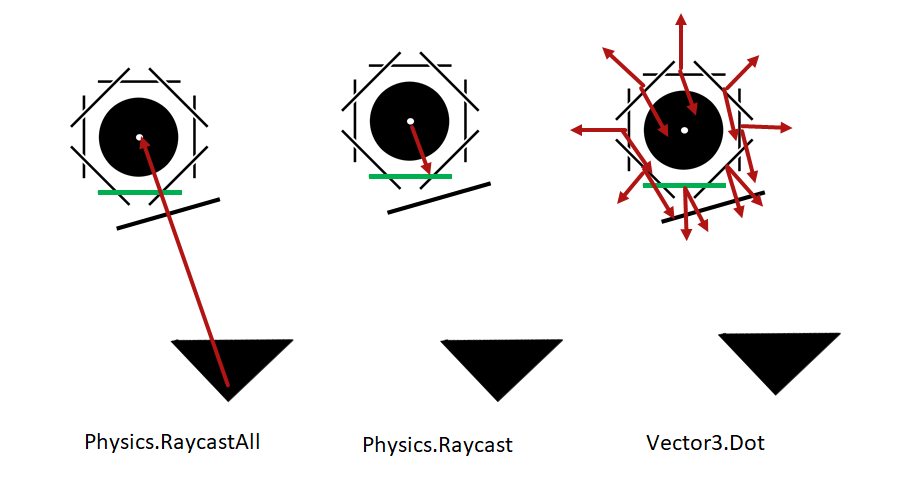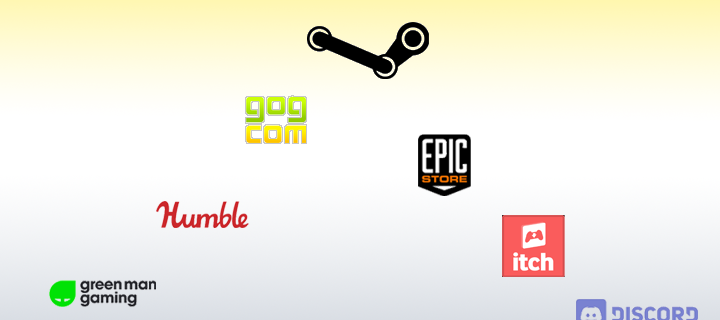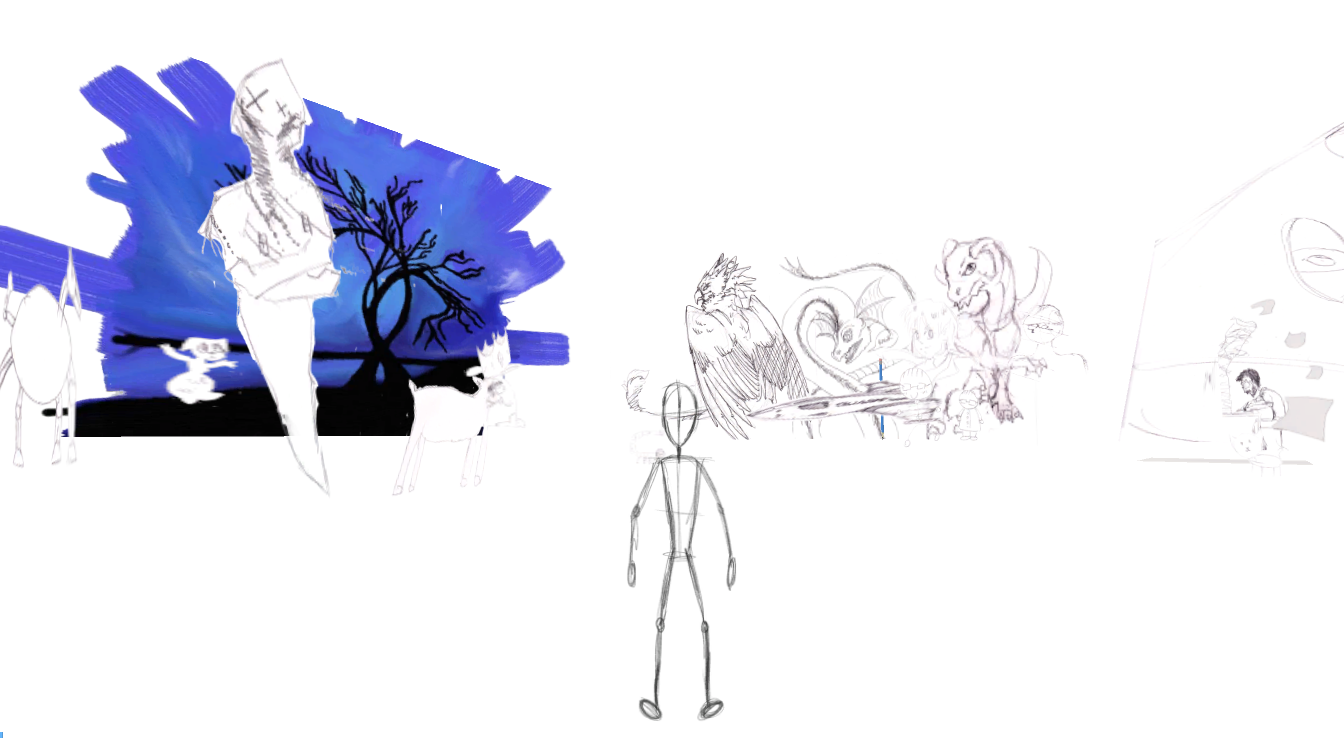I had a great time this week, having been given the opportunity to present a talk at IGDA – Ann Arbor in Ypsilanti, Michigan this month. I’ve been attending their meetups for over a year, and they consistently get a great turnout and great discussions. This time, group was a good size, the audience seemed interested, and I didn’t mumble as much as I tend to. Of course, the talk was about “3D Cel Animation.”
But with many developers and programmers in the room, they brought up some suggestions to optimize how I check which ‘perspective’ of a character should be shown at a given frame. A common suggestion was to use “dot product” at a low-level instead of relying on “Physics.Raycast.” Even years ago, this had been suggested to me. I had fears about its’ efficiency, but after a few one-on-one discussions, I agreed it might turn out to be more efficient, and it wouldn’t be hard to implement.
I felt like such a fool. For 5 years, I’ve preached the brilliance and simplicity of my design! Was an alternate solution so obvious, and really better?
So I gave it a try. And the results surprised me.





